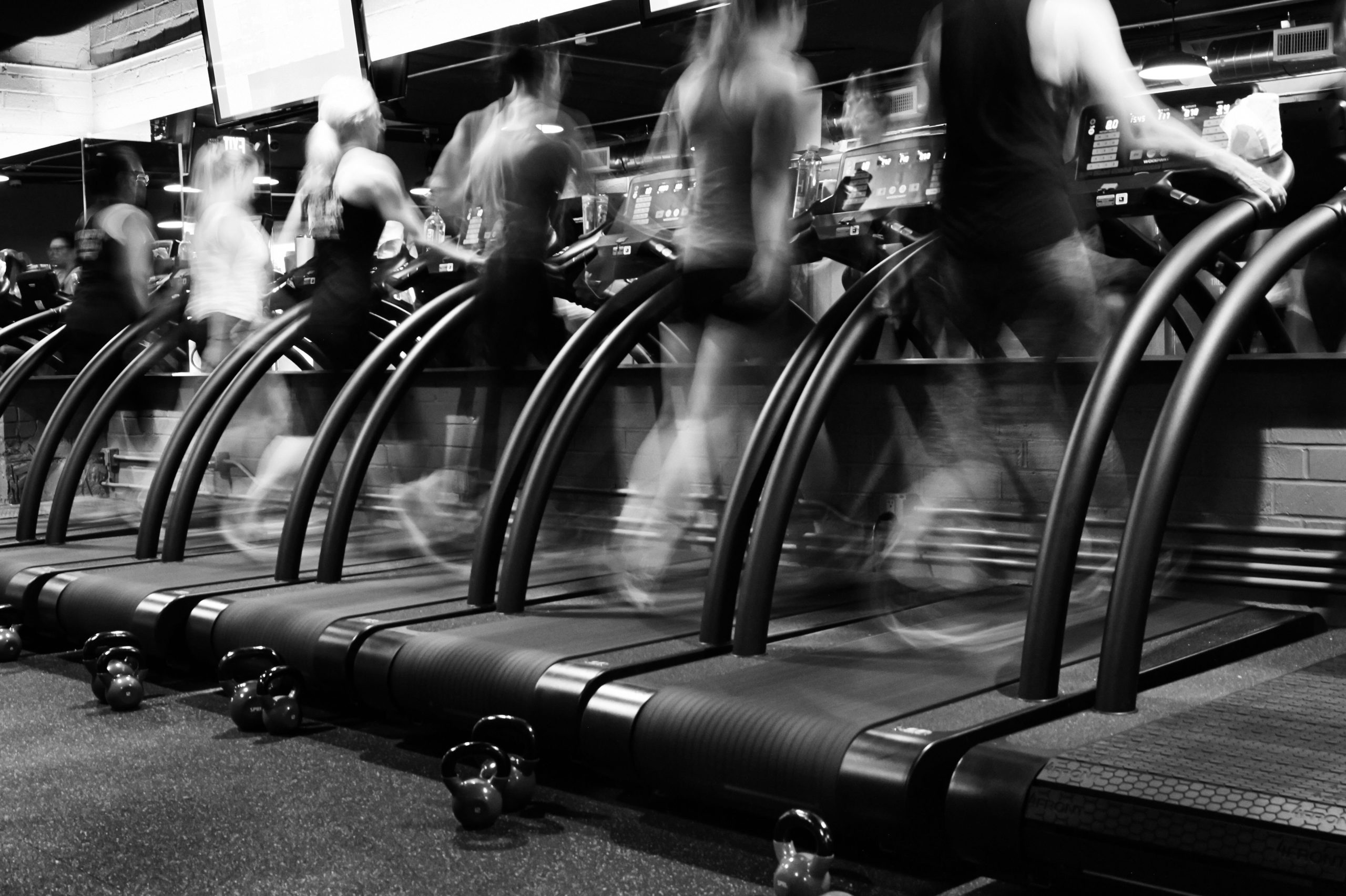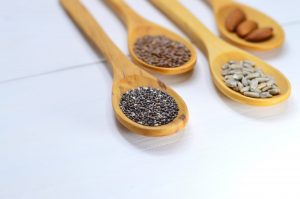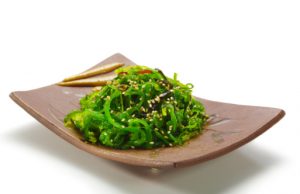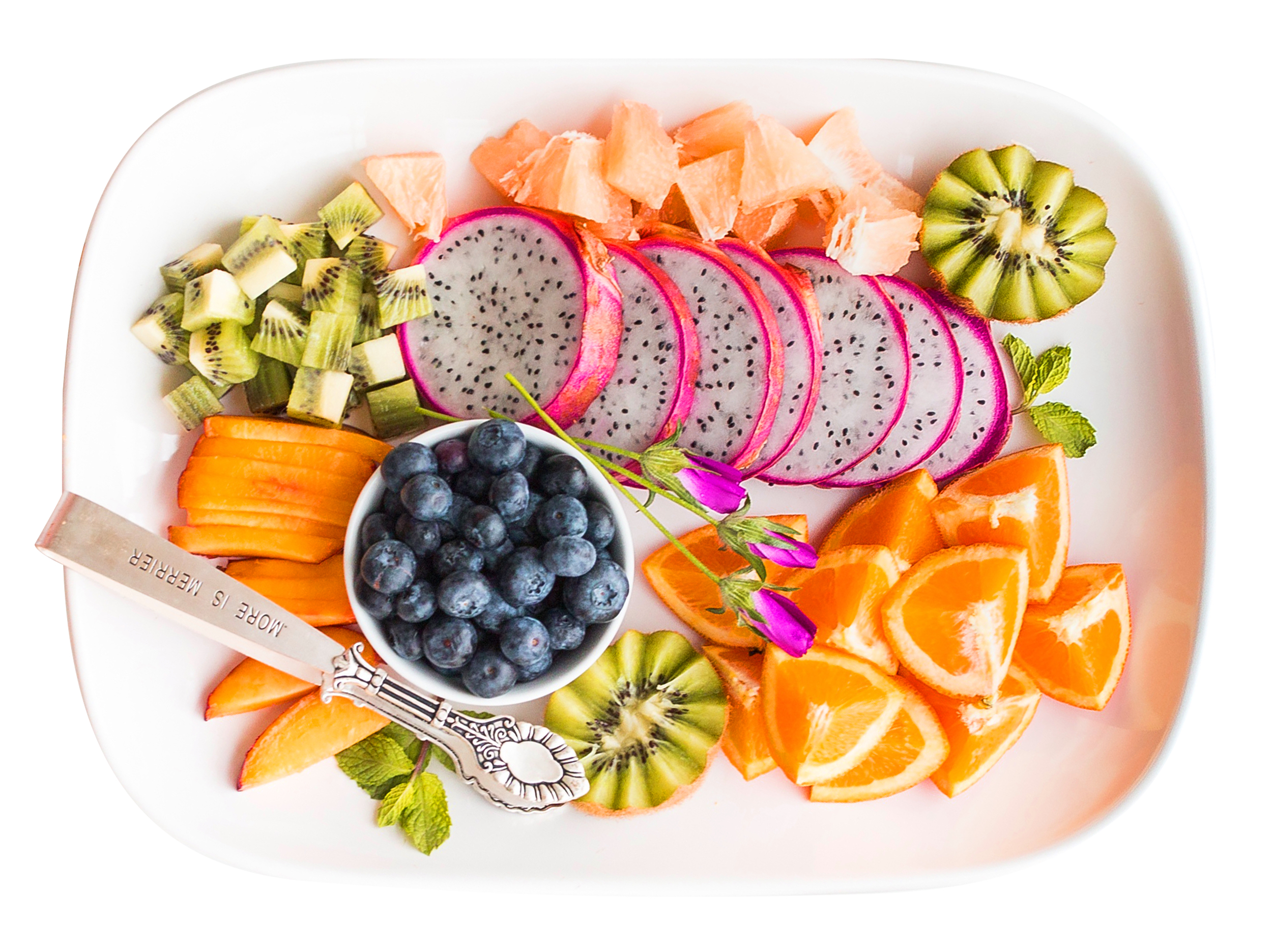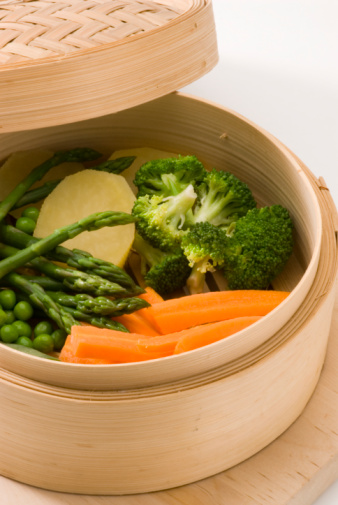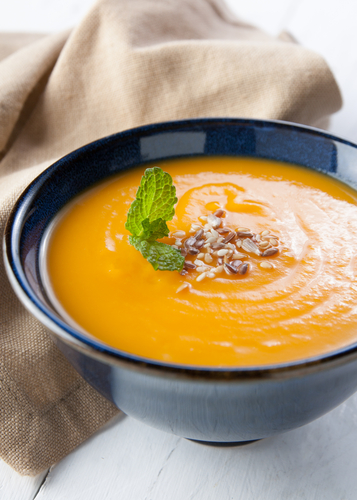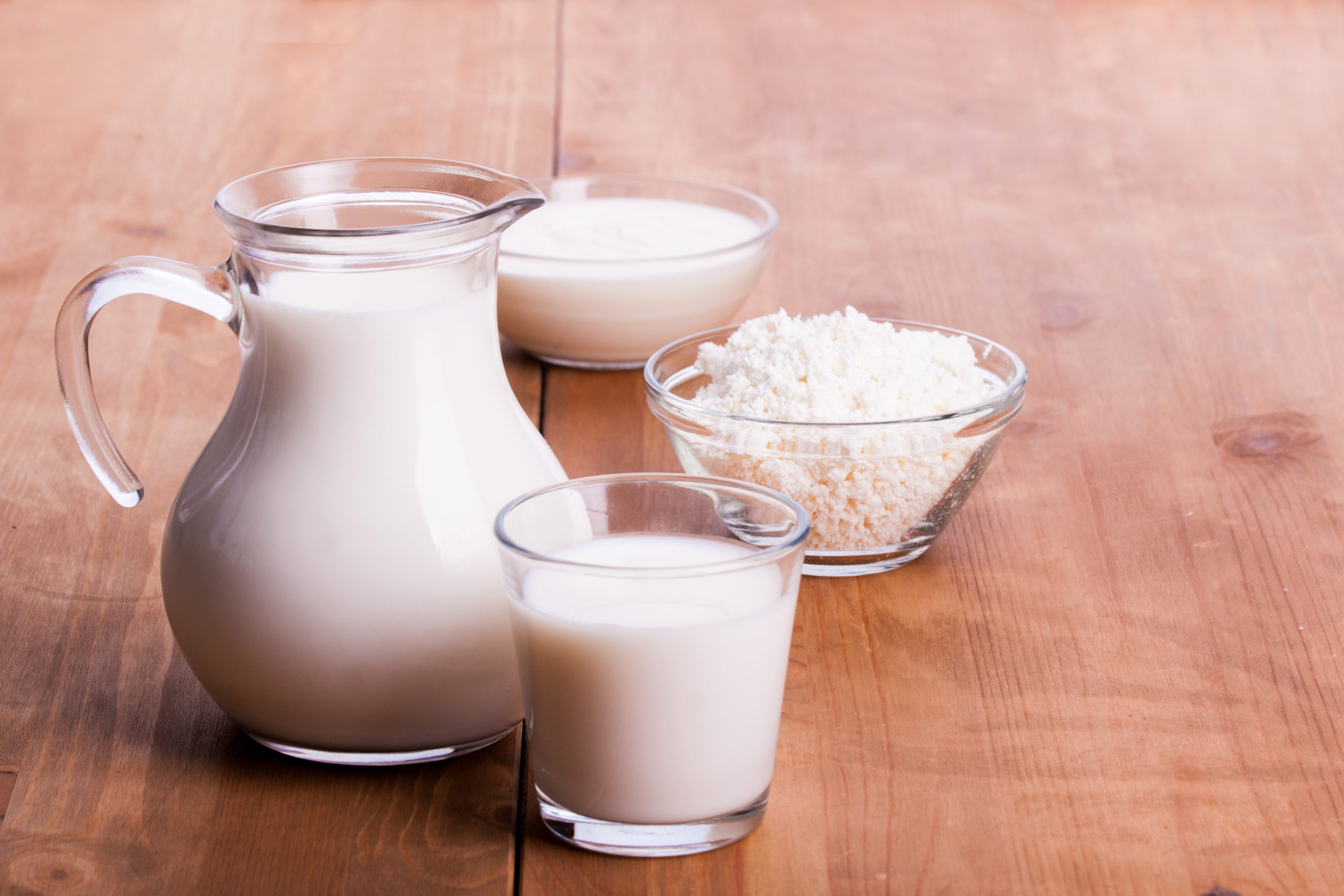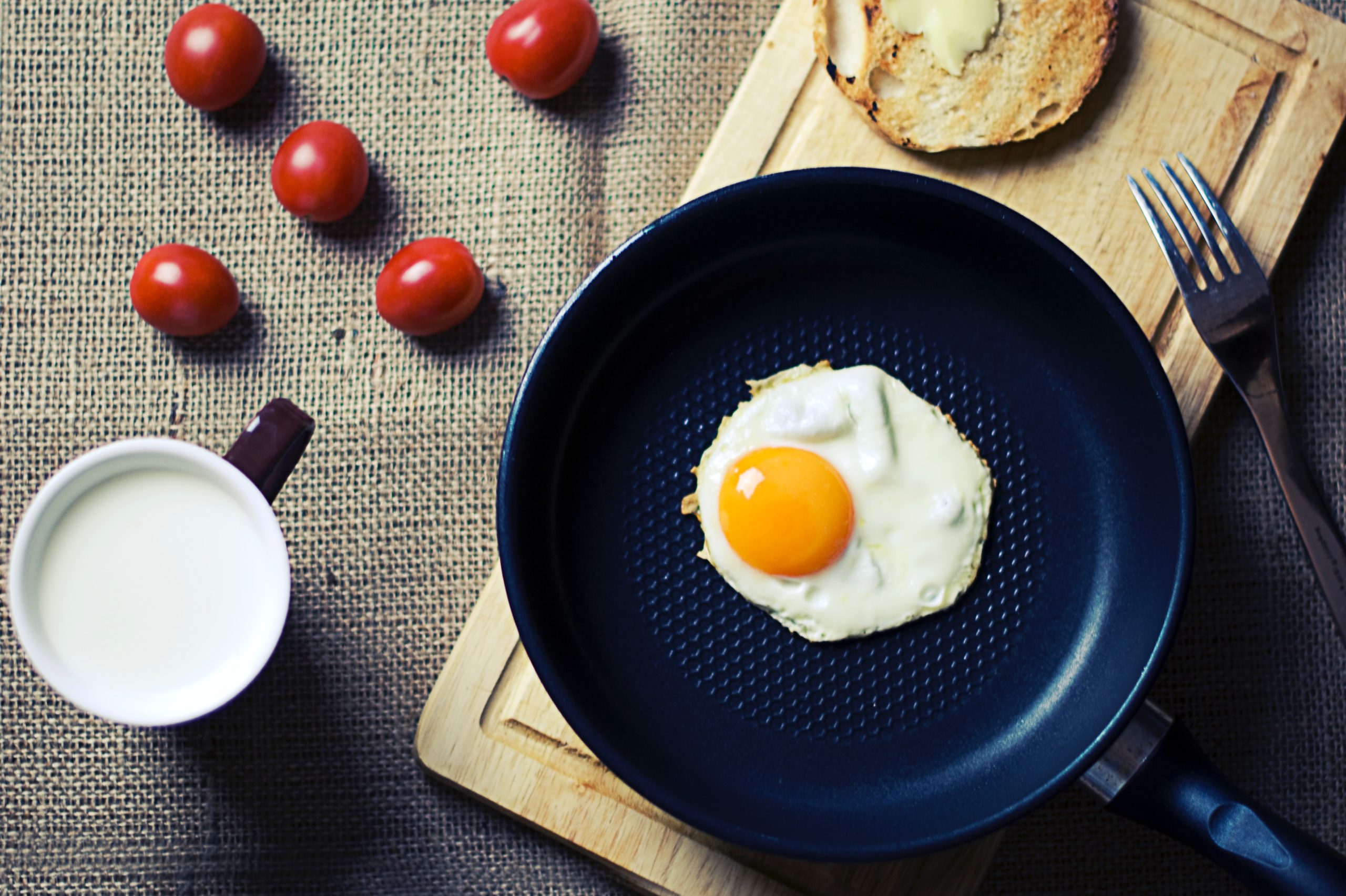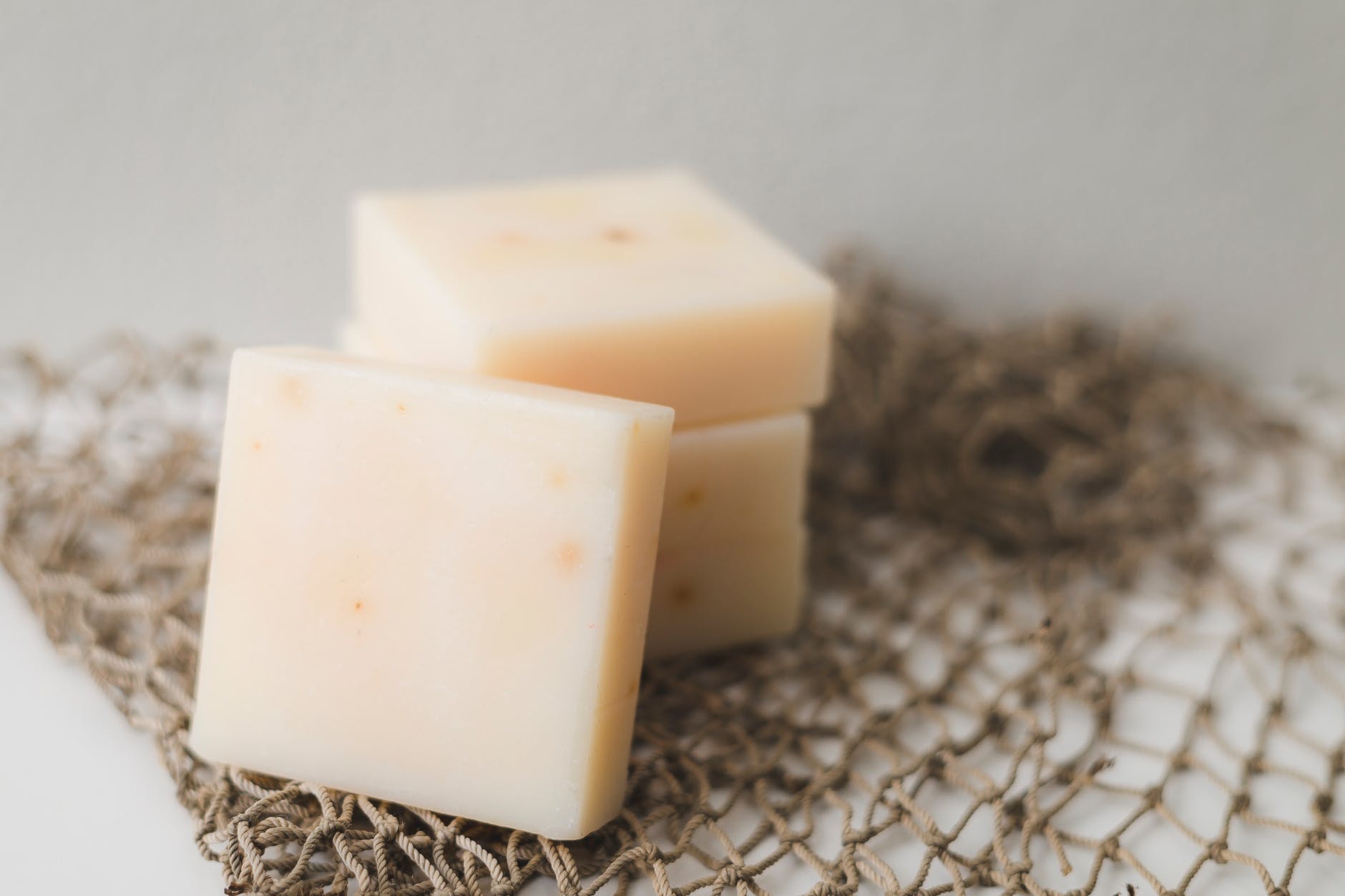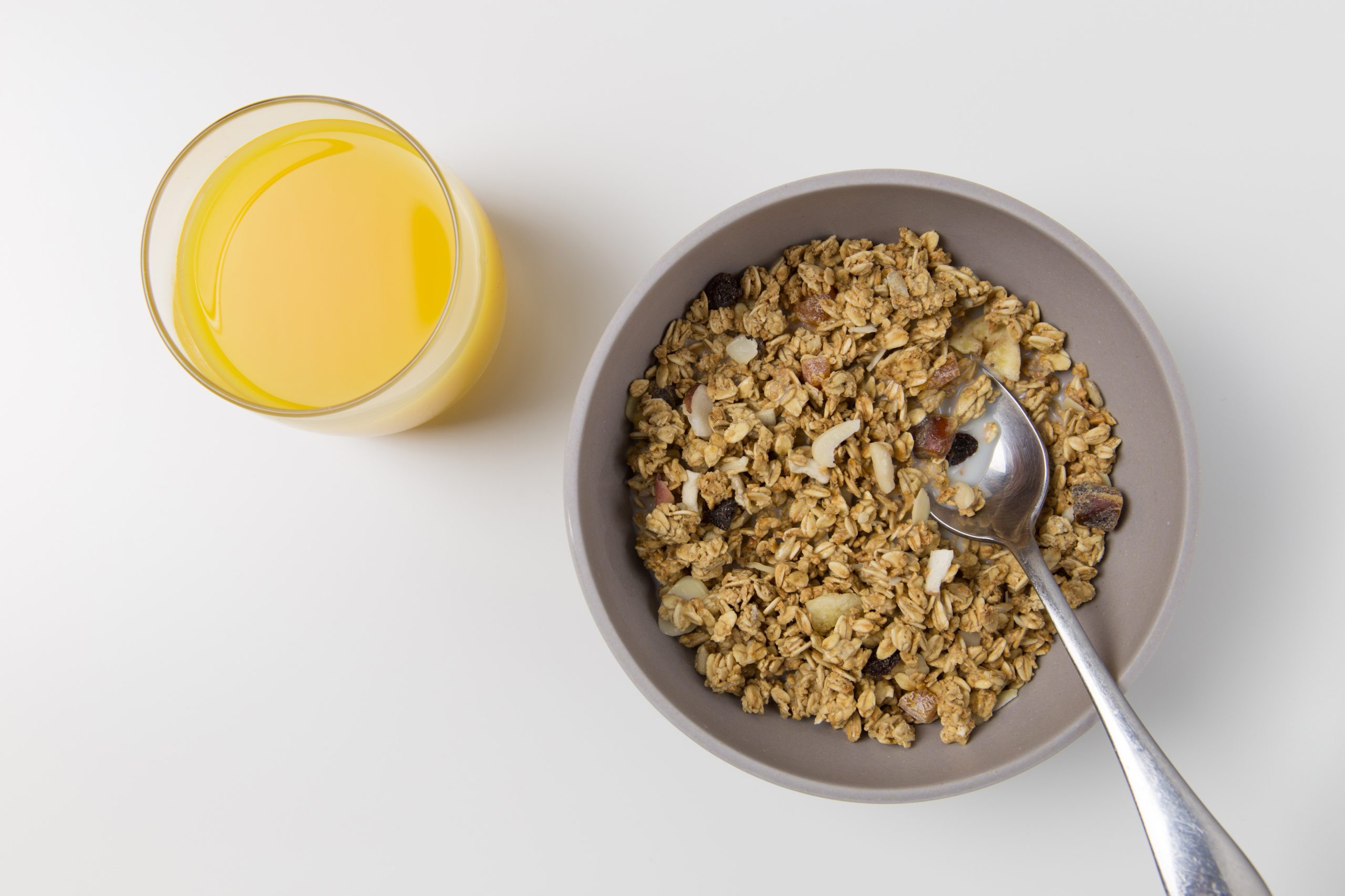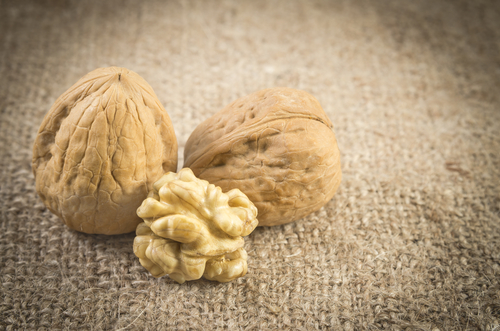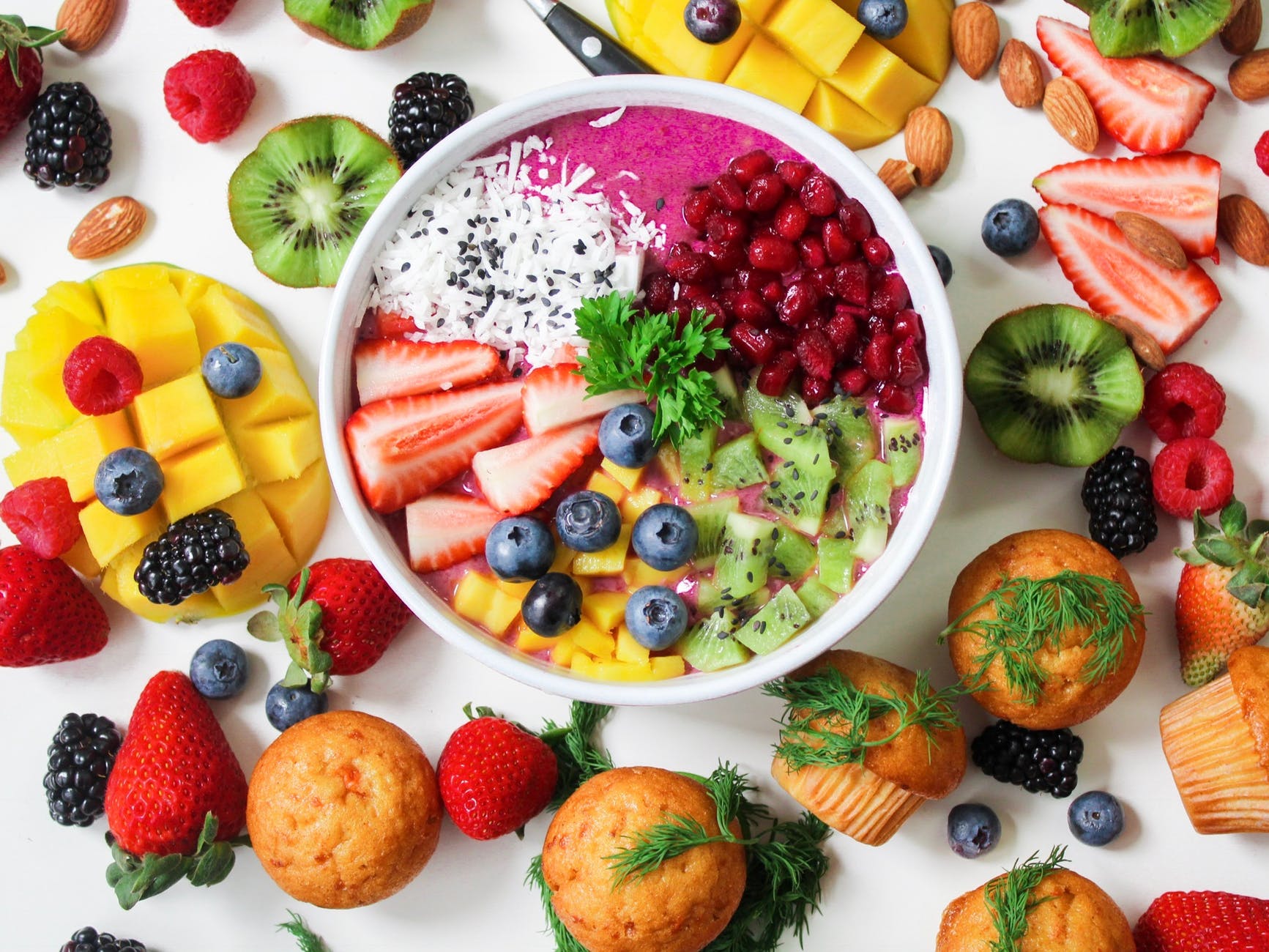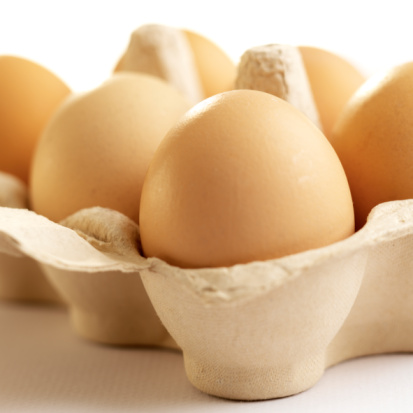Enhance Your Emotional Wellness with Oriental Medicine
The upcoming holiday season (yes, it all begins around Halloween) can be filled with a dizzying array of demands, visitors, travel and frantic shopping trips. For many people, it is also a time filled with sadness, self-reflection, loneliness, and anxiety.
Compound the usual seasonal pressures with economic strain, and you may find this to be one of the most emotionally trying times of the year.
At some point in life, everyone deals with major upheavals or emotional distress. These events can trigger a host of unexpected feelings and behaviors, from depression and panic attacks to major disruptions in sleep and eating.
Acupuncture and Oriental medicine can alleviate symptoms associated with mental and emotional health issues by treating the root cause of the problem to help restore balance to the body's internal environment.
Mental health disorders are medical conditions that can disrupt a person's thinking, feeling, mood, and ability to cope with the daily demands of life or relate well to others.
Affecting people of any age, race, religion, or income, mental health issues are more common than you might think.
In fact, experts estimate that a significant number of people report symptoms that indicate sufficient qualifying criteria of a mental disorder. Some mental disorders are less severe and can be easily managed with proper treatment.
Mental illnesses that are more serious and require more extensive treatment includes
✾ major depression
✾ schizophrenia
✾ bipolar disorder
✾ obsessive compulsive disorder (OCD)
✾ panic disorder
✾ post-traumatic stress disorder (PTSD)
✾ borderline personality disorder.
From an Oriental medicine perspective

Mental health disorders can cause a disruption in the flow of vital energy, or Qi, through the body.
These energetic imbalances can throw off the immune system causing
✾ pain
✾sleep disturbances
✾abnormal digestion
✾headaches
✾menstrual irregularities
✾ over time, more serious illnesses
Acupuncture treatments can correct these imbalances and directly affect the way your body manages your mental health.
Oriental medicine does not recognize any mental disorder as one particular syndrome. Instead, it aims to treat the specific symptoms that are unique to each individual, using a variety of techniques including acupuncture, lifestyle/dietary recommendations and exercises to restore imbalances found in the body.
Therefore, if 100 patients are treated with acupuncture and Oriental medicine for anxiety, each of those 100 people will receive a unique, customized treatment with different acupuncture points, and different lifestyle and diet recommendations.

Mental health issues are best managed when health professionals work together to meet the unique needs of each individual. Acupuncture is an excellent addition to any treatment plan as it is used to help the body restore balance, treating the root of the disorder, while also diminishing symptoms.
Acupuncture and Oriental medicine practitioners have the ability to detect energetic changes that occur in the body and relieve symptoms by restoring equilibrium.
The physical and emotional symptoms that you are experiencing will help create a clear picture for your practitioner, from which a treatment plan can be created specifically for you.
For more information, please visit: www.moveyourqi.com
